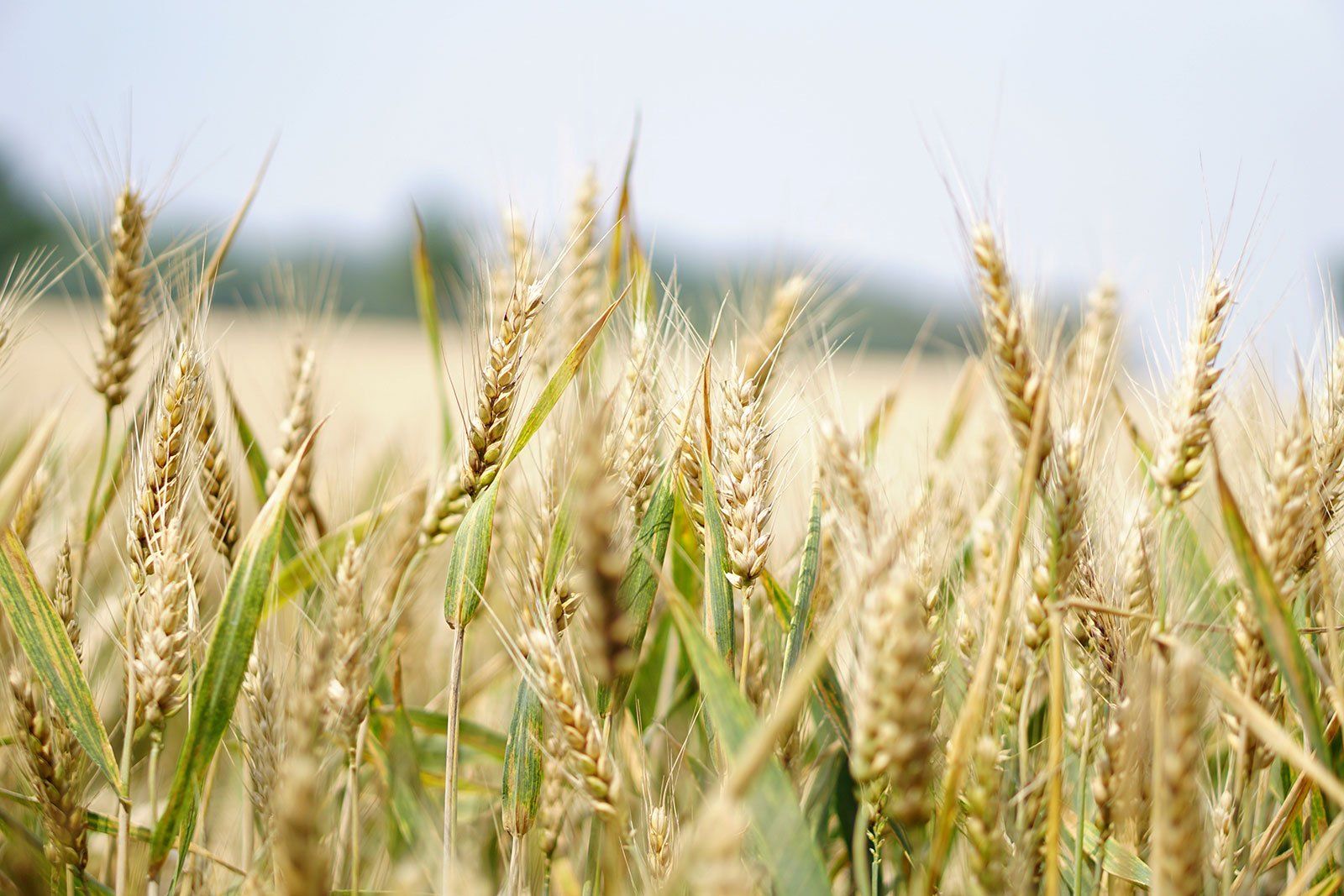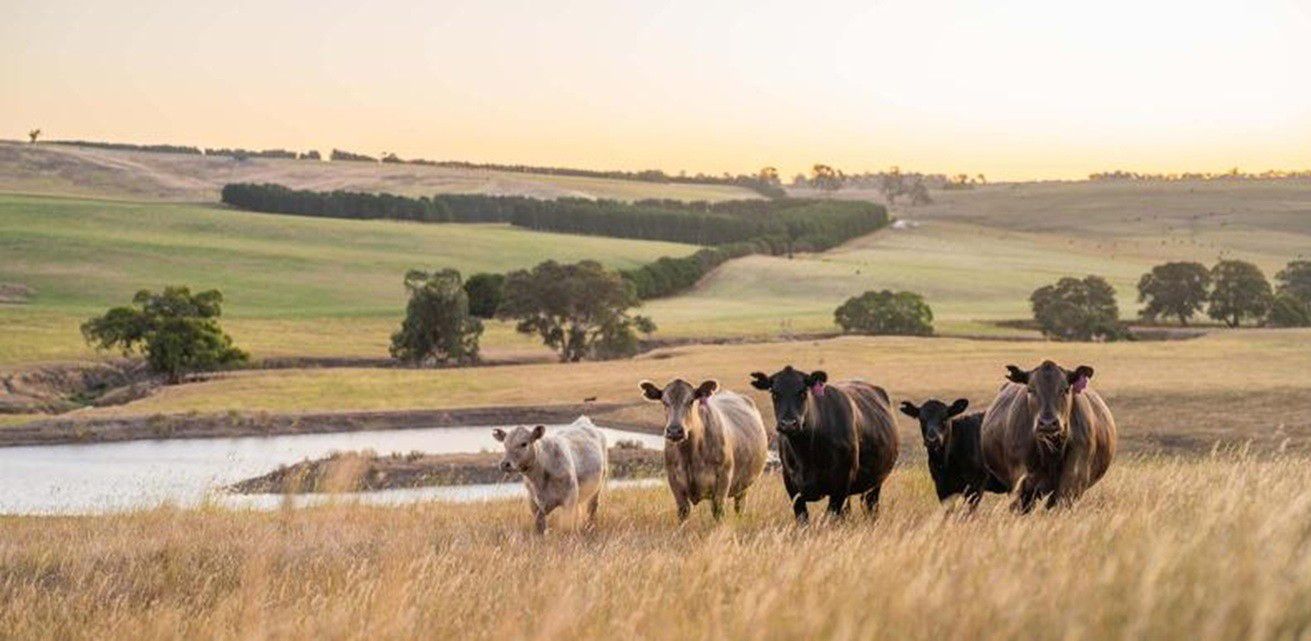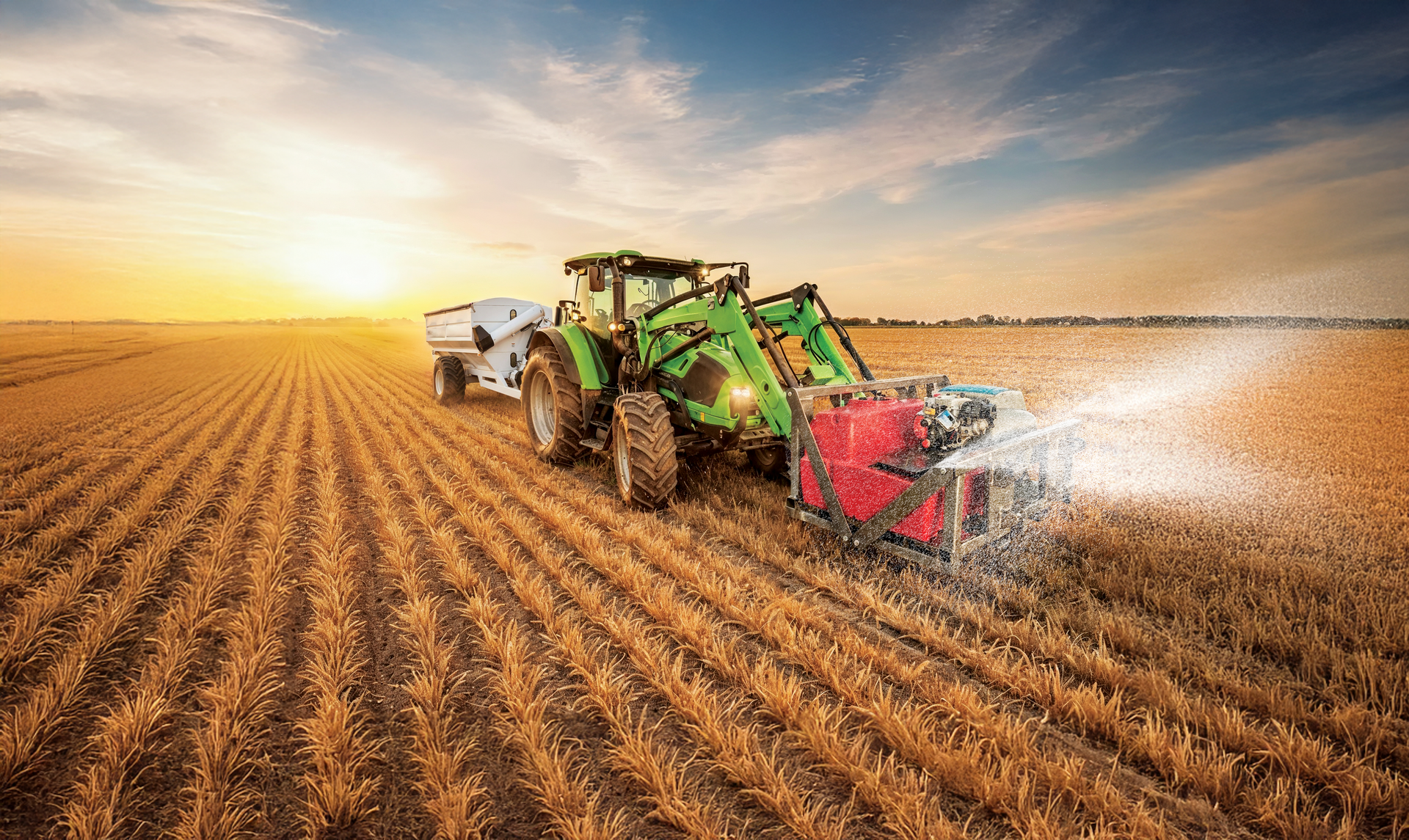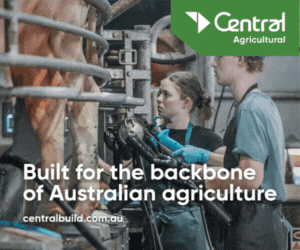John Harvey is the Managing Director of AgriFutures Australia, an organisation committed to growing the long-term prosperity of Australian rural industries.
The Future Forces Shaping Australian Agriculture
While no one can predict the future, it is important to explore what Australian food and fibre production and consumption might look like in a future shaped by growing trends and potential disruptions that are starting to take hold today.

Making forecasts about the future is not about predicting what is more likely to happen, it is about providing insights and stimulating conversations that expand the scope of our strategic thinking. When it comes to Australian agriculture, we look at the forces that may shape its functional health and related dynamics in order to consider the opportunities and risks that exist with the system and all along the value chain.
The past decade has seen seismic shifts in how we produce, consume, and use food and fibre. For example, drones went from expensive playthings to commodity equipment, and crop genome sequencing went from high-cost research to an affordable service. E-commerce and social media marketing allow consumers to buy food online and have it delivered to their front door, often directly from the producer.
The next 10 years will stretch our preconceived notions about the future and as the speed of change is increasing, so too does uncertainty and the diversity of opportunities. That is why it’s important to examine the plausible – yet sometimes provocative – possibilities that lie ahead. AgriFutures Australia, Agthentic Advisory and the Institute for the Future did exactly that in the 2021 report, Future Forces: A ten-year horizon for Australian agriculture, which offers a new perspective on the emerging agricultural and food landscape.
Future forces
In the report, Agthentic Advisory and the Institute for the Future identified five social, environmental, economic and technological forces that are set to grow over the coming decade. While these forces are much bigger than the global food and fibre system, they nonetheless have already begun to shape Australian agriculture.
These forces are high-level and reach across categories. The report explored these underlying directions of change in order to better understand the operating environment of the future.
- Viral disinformation in the food system – Food issues become increasingly susceptible to disinformation campaigns that use deepfakes, conversational artificial intelligence and accessible botnets that can manipulate online discussions.
- Interconnected digital infrastructure – An interconnected system of digital capabilities unleashes new opportunities in agricultural supply chains.
- New geographies of climate change – Movement of people, climate regions, and crops define an era of uncertainty.
- Rewiring the grid – Distributed energy production is made possible by advancements in renewable and alternative technologies.
- Domesticating the cell – New products, experiences, and concerns will arise from the ability to design biology.
Forecasts
The report found emerging trends and innovations that, in combination with the above forces, give rise to seven forecasts for Australian agriculture. These forecasts include signals of change and are windows into how the future might look very different from today.
1. The war for the consumer relationship
Many new stakeholders, including actors who have never before been in the agricultural system, will seek to influence and capture consumer interest as digitisation of every step of the food system increases. For example, physical retailers will race to add in-store sensors and consumer behaviour models, digital platform players will leverage their head start in data analytics to disrupt traditional sales channels, and even processors and producers will build relationships with and seek out direct channels to consumers.
2. Regional redesign
Driven by new energy systems and automation technologies, there will be a fundamental re-design of individual production systems and regions as everything from genetics to irrigation to layout of farm operations will be optimised for automation.
3. Outside solutions to climate problems
New technologies such as advanced sensing, machine learning, and synthetic biology will help mitigate climate change volatility.
4. Divorcing flavour, nutrition, and form
Synthetic biology technologies will allow for the design of food products untied from natural production systems, and commercial competition will drive development of new foods through cellular agriculture, molecular engineering, and 3D printing. For example, Australian start-up Vow is changing the concept of meat by building a library of cell lines and genetic traits to help redesign cultured meats.
5. Supporting full-spectrum producers
Producers of the future will rely on a wide mix of income streams through broadly defined resource conversion: not only converting grass to meat or fibre, but also converting sunlight to solar power, soil to carbon sequestration services, or data collection to useful models.
6. The searchable food web
Measurement and tracking tools, in combination with molecular tags and the internet of things (IoT), will allow for individual food products to be tracked and traced, increasing the importance of managing trust in food systems.
7. Biology goes digital
Genetic therapies and gene editing tools such as CRISPR (a set of DNA sequences that allow for relatively easy gene editing) will become democratised through commercially available products, and biological manipulation will be possible for new organisations and producers.
Preparing for, not predicting, the future
As the next few years unfold, the future forces and forecasts described above won’t stand still. Part of what the report revealed is that forecasts will also evolve and change. Some will follow a predictable trajectory; others will bend on a different path. And, of course, unexpected and unpredictable black-swan events will potentially change everything.
The report reminds us that the future is something over which we have agency and that the purpose of looking to the horizon is not to strictly predict, but to prepare for what is to come – whether that is expected or surprising. Monitoring the drivers and signals of change makes it possible for Australian agriculture to both maintain and update its model of the future, as well as direct preparations in the present.
While we don’t know exactly what shape the future will take, thanks to the Future Forces: A ten-year horizon for Australian agriculture report, what we do know is that:
- Future developments will involve new combinations of known and unknown principles and practices, across domains and supply chains, and give rise to new competitive forces.
- Tomorrow’s agricultural producers may be categorically different than today’s as new technologies and systems shape their roles.
- The future will require new methods of support, education and training in order to make sure people thrive.
- There is no ‘one-size-fits-all’ approach as solutions to future challenges will need to be both local and global.
- The future will favour collaboration over competition in order to solve complex problems.

















